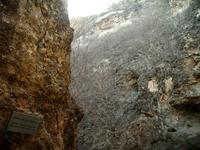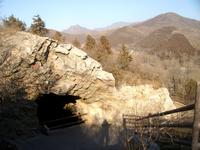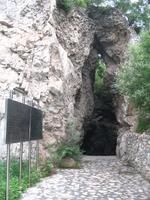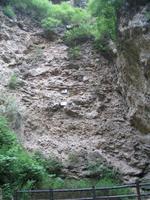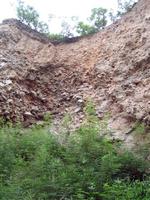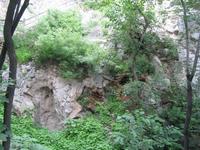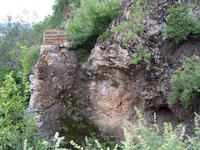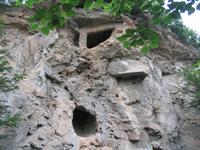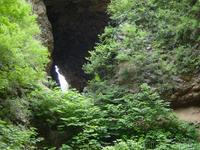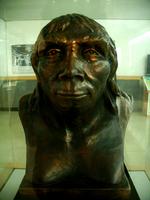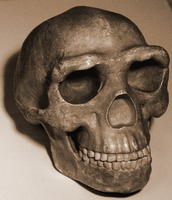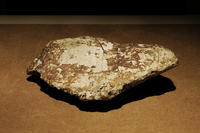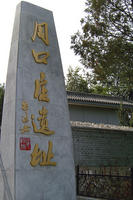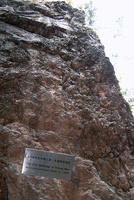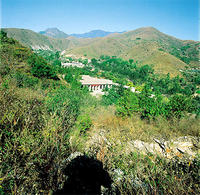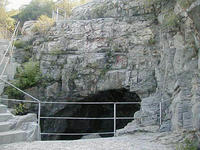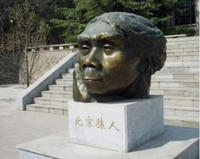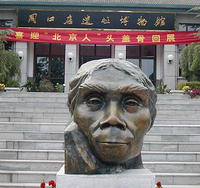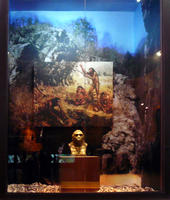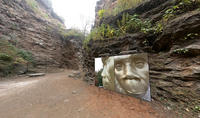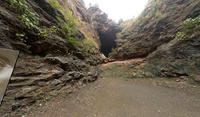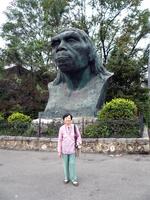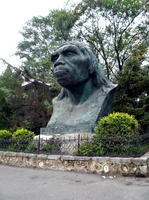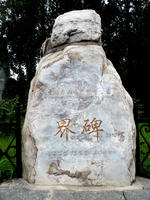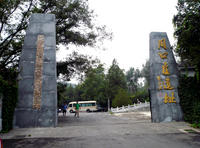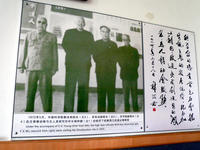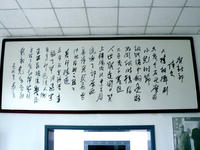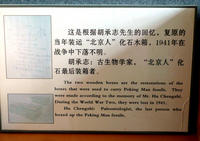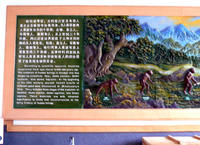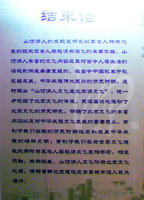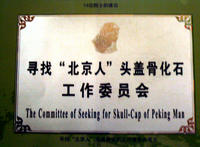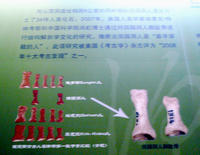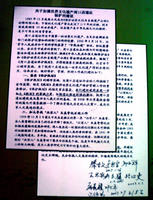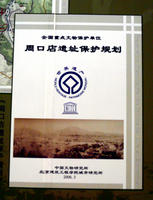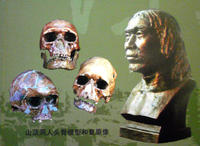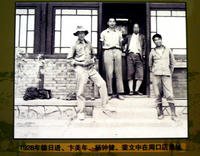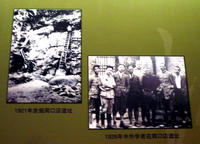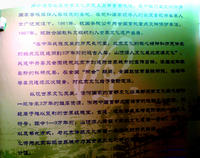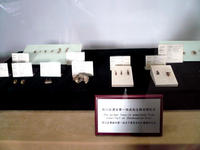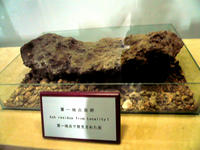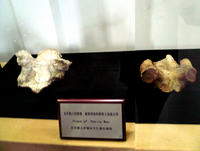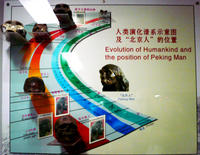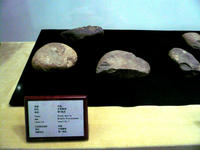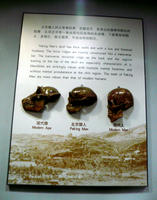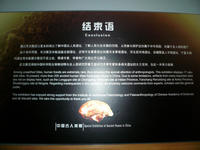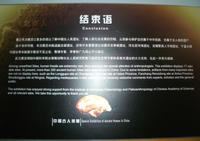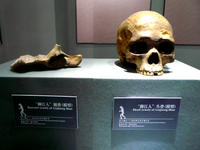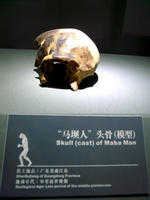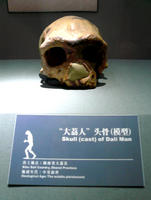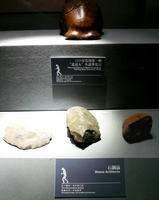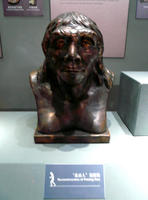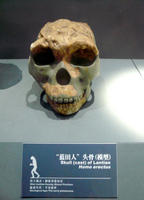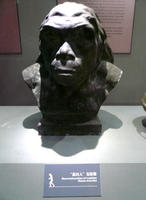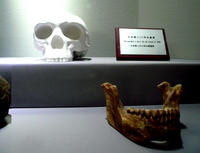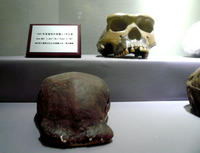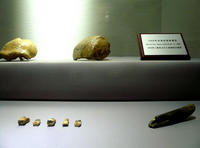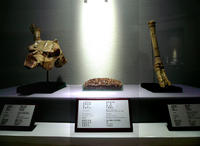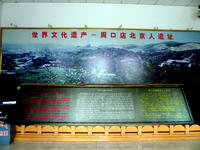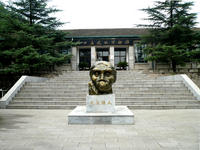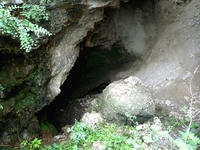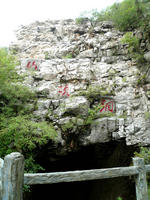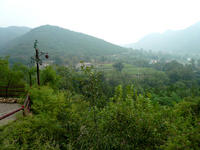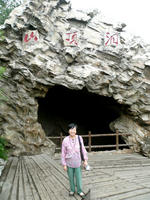You are in: Asia -> China -> Peking Man Site at Z... , and traditional search or Image Gallery will yield results of this site only
Peking Man Site at Zhoukoudian
| Site number: | 449 |
|
| Type of site: | Cultural | |
| Date: | 18,000-11,000BC | |
| Date of Inscription: | 1987 | |
| Location: | Asia, China, China, Fangshanxian County, Beijing Municipality | |
Up to 75 images are shown here. Click on each for more details or on Image Gallery for more images.
| Description: | The site, lying 42 km south-west of Beijing, still has scientific work underway. Thus far the site has been home to many significant discoveries, such as the discovery of the remains of Sinanthropus pekinensis, (who lived in the Middle Pleistocene) various other objects, and the remains of Homo sapiens sapiens (dating as far back as 18,000–11,000 B.C). The site bears witness to the prehistorical human societies of the Asian continent, and also demonstrates the process of evolution. --WHMNet paraphrase from the description at WHC Site, where additional information is available. For 360 degree imaging of this site, click here. | |
| Zhoukoudian or Choukoutien (Chinese: 周口店; pinyin: Zhōukǒudiàn) is a cave system near Beijing in China. It has yielded many archaeological discoveries, including one of the first specimens of Homo erectus, dubbed Peking Man, and a fine assemblage of bones of the gigantic hyena Pachycrocuta brevirostris. The Peking Man lived in this cave approximately 200,000 to 500,000 years ago. Fissures in the limestone containing middle Pleistocene deposits have yielded the remains of about 40 individuals as well as animal remains and stone flake and chopping tools. The oldest are some 500,000 years old, contemporary with the Mindel or Anglian glaciation. During the Upper Palaeolithic, the site was re-occupied and remains of Homo sapiens and its stone and bone tools have also been recovered from the Upper Cave. As early as the early 1960s, the State Council of the PRC listed it as an important cultural relics location. It has since been improved. The site is to the southwest of Beijing city, and is accessible via the Jingshi Expressway; it, and Zhoukoudian, are well signposted. The crater Choukoutien on asteroid 243 Ida was named after the place. --Wikipedia. Text is available under the Creative Commons Attribution-ShareAlike License. For 360 degree imaging of this site, click here. | ||
| Source: | http://whc.unesco.org/en/list/449 | |
| Reference: | 1. UNESCO World Heritage Center, Site Page. | |



